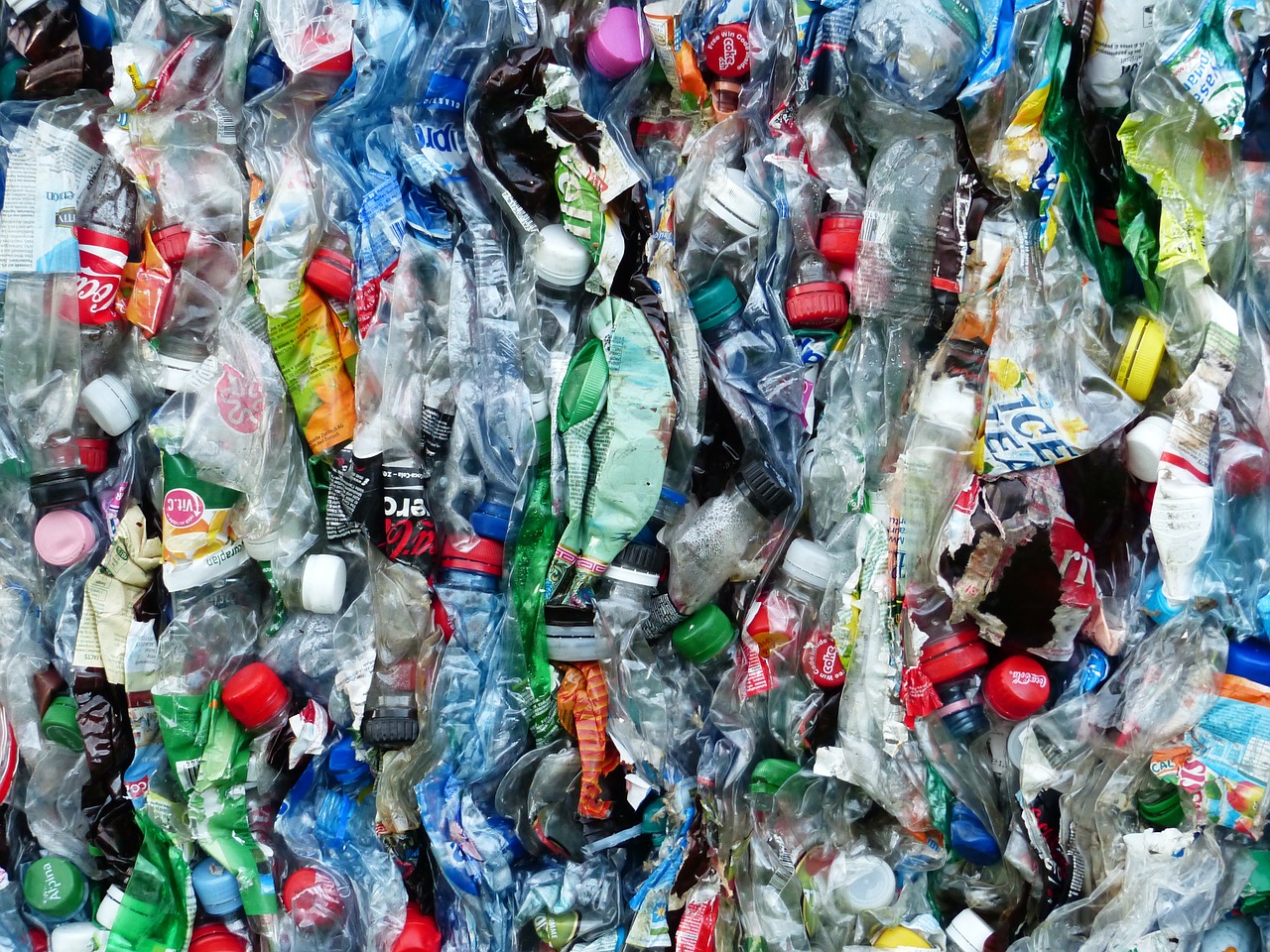Enough Plastic Trash To Bury Everyone On earth

Our home planet is choking under all the plastic we produce
Imagine the entire planet being covered in cling-film. Well, since the end of WWII, we humans have been responsible for the manufacture of enough plastic for this to be possible.
Plastic is a product which takes between about 450 and 1000 years to bio-degrade. Research published in the journal, Anthropocene, has shown that nowhere on the entire planet is completely devoid of the stuff.
There are shopping bags, CDs, water bottles, soda bottles, and toys to be found everywhere. Just recently an intact plastic raincoat was found at the bottom of the Mariana Trench.
Plastic is found in all shapes and sizes, as it gets worn it changes into lumps and small grains, and these get into every level of ecosystem and environment on the planet.

The man in charge of the research, Professor Jan Zalsiewicz, from Leicester University, said that we have been increasingly aware of the rapidly growing amount of plastic such as PVC, polythene bags and even Bakelite over the last 70 years or so. The product has traveled further than we could have imagined.
The impact is so great that for some people it could be seen as a pointer to a new geological epoch. The name gaining currency for this new age is the Anthropocene and would follow the present Holocene, which began 12000 years ago. Zalasiewicz chairs a panel of geologists who are promoting the idea that human activity has pushed Earth into a new geological epoch.
Members of Zalasiewicz’s committee believe that human activity in the last seven decades shows that we have actually altered the geology of the planet. For example, radioactive isotopes which are present as a result of atomic bombs, last for thousands of years. Future civilizations (if anything survives!) will encounter the results of strange occurrences caused by the actions of humans here on Earth.
The widespread use of aluminum and the extensive manufacture of concrete are added factors pointing towards an Anthropocene age. The use of plastics, although enormous, is just one of the many elements involved.
Zalasiewicz insists, however, that the effects of the ubiquitous shopping bag and plastic drink bottles have been catastrophic. A very large percentage of fish found in the sea have plastic in their bodies. The plastic floating in the ocean looks like food, and so it gets consumed. Some seabirds feed bits of plastic to their chicks.

In excess of 300 million tons of plastic are produced on Earth annually. The Anthropocene has surely begun. The use of plastics is considered as a stratigraphic indicator of this.
Imagine some of the layers in the picture below are rainbow colours of plastic, that could be what future generations find when they excavate.

The use of plastics has risen exponentially. In about 1950 there was very little plastic made. The current annual total of 300 million tons is virtually the same weight as all the humans on earth and this is repeated each year and it’s on the increase, and the outcome could be terrifying.
An even more frightening number is the total of plastic goods made since the end of WW2, which stands at about 5 billion tons. If the rate of production continues unabated, we are likely to have produced 30 billion tons by the end of this century.
Plastic has already been found on the ocean floor. It has been found on remote islands, and some beaches are made of plastic, it is buried deep underground in landfills. It has even entered the food chain. The polar regions, previously considered to be pristine, are showing signs of being affected. Researchers have found granules of plastic in the Arctic sea which had arrived there via the Pacific Ocean currents and as humanity spreads out even further there will be even more impact.
So pernicious is the flood of plastic that some wildlife has even adapted to using it. Hermit crabs on the island of Diego Garcia have been seen using plastic bottles as homes. The effect on wildlife, however, is generally a harmful one.

The impact on animals is often disastrous, such as when seabirds and turtles become entangled in old fishing nets, or the plastic from 6 packs cans of drink, often causing them to drown or choke.
The fact that plastics have such a long “life” means that the consequences of our actions now will last for centuries to come, if not millennia.
If you have any comments then please drop us a message on our Outdoor Revival Facebook page
If you have a good story to tell or blog let us know about it on our FB page, we’re also happy for article or review submissions, we’d love to hear from you.
We live in a beautiful world, get out there and enjoy it.
Outdoor Revival – Reconnecting us all with the Outdoor
